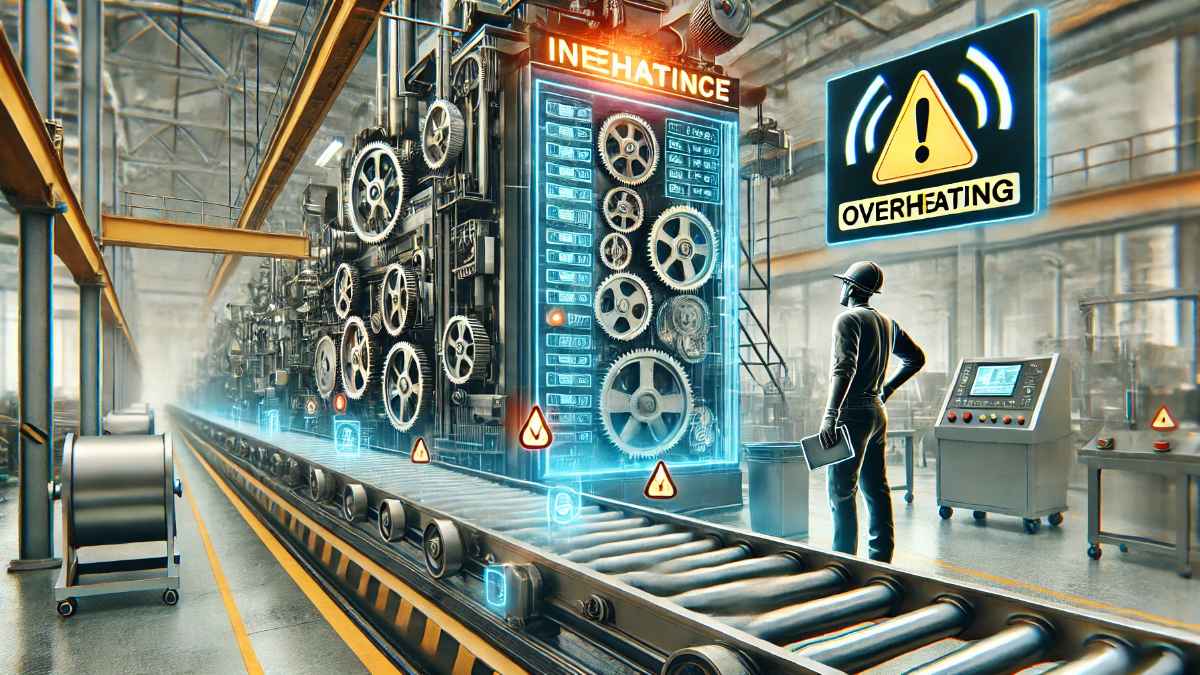Introduction
Machines are essential in industries, manufacturing, and daily operations, but inefficiency can lead to significant productivity losses. If you’re wondering why a machine is inefficient, several factors could be responsible, including mechanical failures, energy loss, improper maintenance, or outdated technology. This article explores the root causes and practical solutions to improve machine efficiency.
Common Causes of Machine Inefficiency
1. Mechanical Wear and Tear
Over time, machines experience friction, wear, and component degradation, leading to inefficiency. Common issues include:
- Worn-out bearings and gears
- Increased friction causing heat buildup
- Loose or misaligned components
2. Poor Maintenance Practices
Regular maintenance is crucial to keep machines running optimally. Common maintenance-related inefficiencies arise from:
- Lack of lubrication, leading to increased friction
- Ignoring minor faults that escalate into major breakdowns
- Dirty or clogged filters affecting air or fluid flow
3. Electrical and Energy Inefficiencies
Many machines suffer from energy loss due to poor electrical efficiency, including:
- Voltage fluctuations causing inconsistent performance
- Inefficient motors consuming excess energy
- Improper load distribution leading to power wastage
4. Improper Calibration & Misalignment
Machines require precise calibration to operate efficiently. Issues like:
- Incorrect sensor readings affecting automation
- Misaligned belts and pulleys reducing output
- Uncalibrated pressure or speed settings causing irregular operations
5. Overheating and Cooling System Failures
Machines often overheat due to:
- Inefficient cooling systems or blocked air vents
- Excessive workload beyond machine capacity
- High friction levels due to poor lubrication
6. Outdated or Incompatible Technology
Using obsolete technology reduces efficiency and increases downtime. Upgrading outdated software and hardware can:
- Improve processing speeds
- Reduce power consumption
- Enhance automation and accuracy

How to Improve Machine Efficiency
1. Regular Maintenance & Inspection
Preventive maintenance is key to avoiding breakdowns. Effective practices include:
- Scheduling routine inspections
- Keeping components clean and lubricated
- Replacing worn-out parts before failure
2. Optimize Energy Consumption
Reducing energy waste ensures machines run at peak efficiency. Ways to optimize include:
- Using energy-efficient motors and drives
- Installing automatic power-off features during idle time
- Implementing load-balancing techniques
3. Upgrade Technology & Automation
Modernizing machines with AI-driven automation improves efficiency. Consider:
- Integrating smart sensors for predictive maintenance
- Upgrading control systems for real-time monitoring
- Implementing IoT for data-driven optimizations
4. Improve Cooling Systems
Proper cooling prevents overheating and extends machine life. Effective cooling solutions include:
- Regular cleaning of cooling vents
- Installing high-performance cooling fans
- Using advanced heat-dissipation materials
5. Train Operators for Efficient Use
Human error often contributes to inefficiency. Providing training can:
- Enhance machine handling skills
- Reduce operational mistakes
- Ensure proper maintenance procedures are followed
FAQ Section
1. What are the signs of an inefficient machine?
Common signs include excessive energy consumption, overheating, unusual noises, slow performance, and frequent breakdowns.
2. How does poor maintenance impact machine efficiency?
Lack of maintenance increases wear and tear, leads to frequent malfunctions, and shortens the machine’s lifespan.
3. Can automation improve machine efficiency?
Yes, automation minimizes human error, ensures precision, and enhances productivity by streamlining processes.
4. How can I reduce energy waste in my machines?
Use energy-efficient components, regulate power usage, and perform regular maintenance to minimize energy loss.
5. What role does lubrication play in machine efficiency?
Proper lubrication reduces friction, prevents overheating, and extends the lifespan of moving parts.
6. When should I upgrade my machine for better efficiency?
Upgrade when your machine shows signs of obsolescence, frequent breakdowns, high energy usage, or inefficiency despite maintenance.
Conclusion
Understanding why a machine is inefficient is essential for maintaining optimal performance. Whether due to wear and tear, poor maintenance, energy waste, or outdated technology, identifying and addressing inefficiencies ensures longevity and productivity. Implementing proper maintenance, energy-saving solutions, and automation can significantly enhance machine efficiency.

